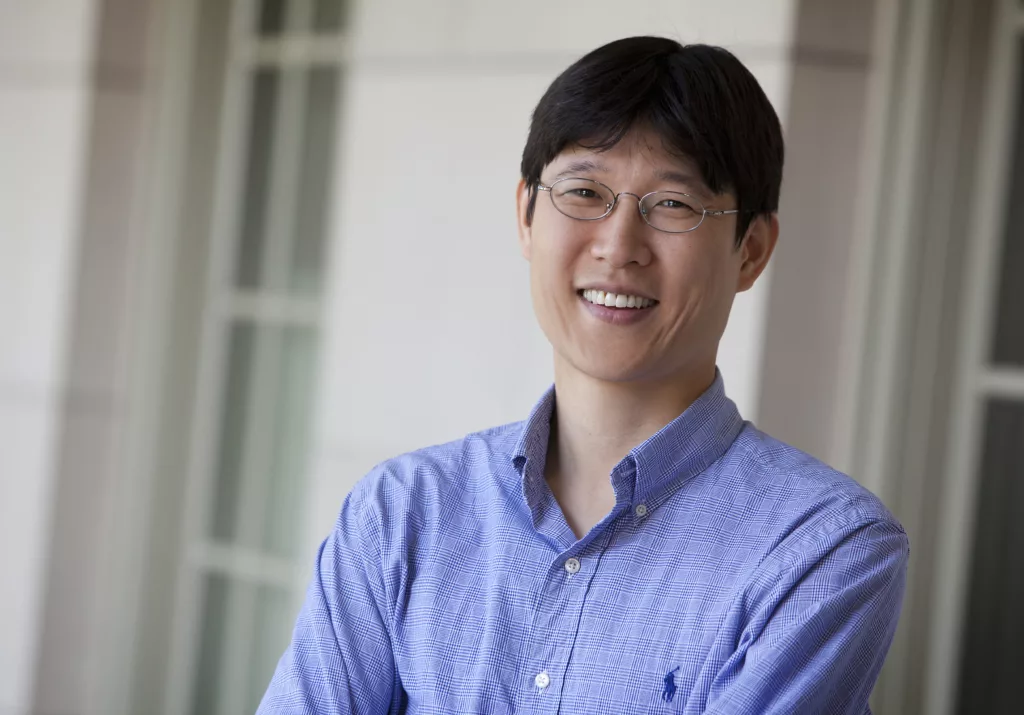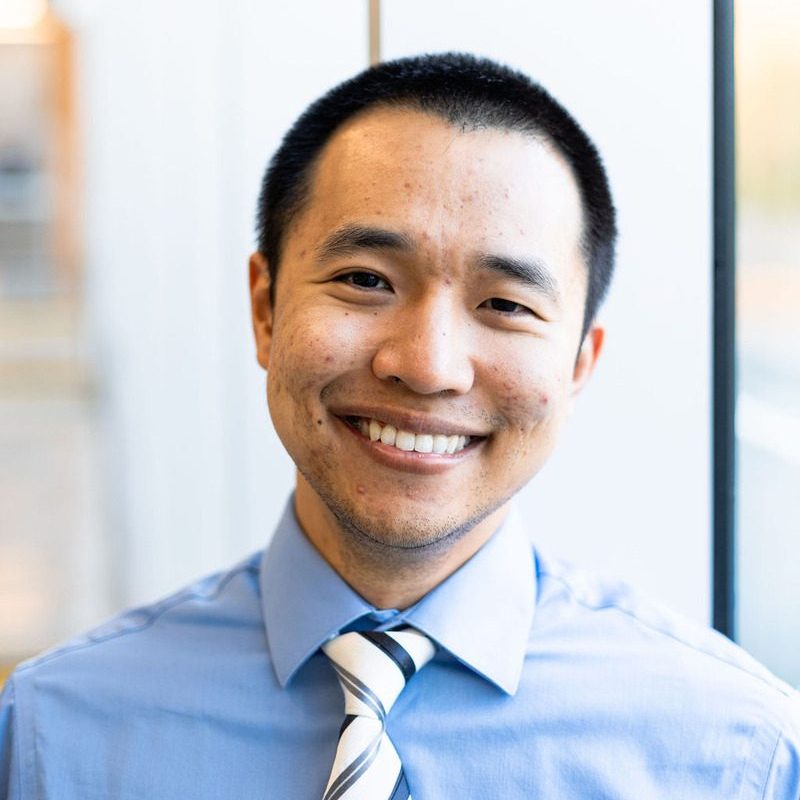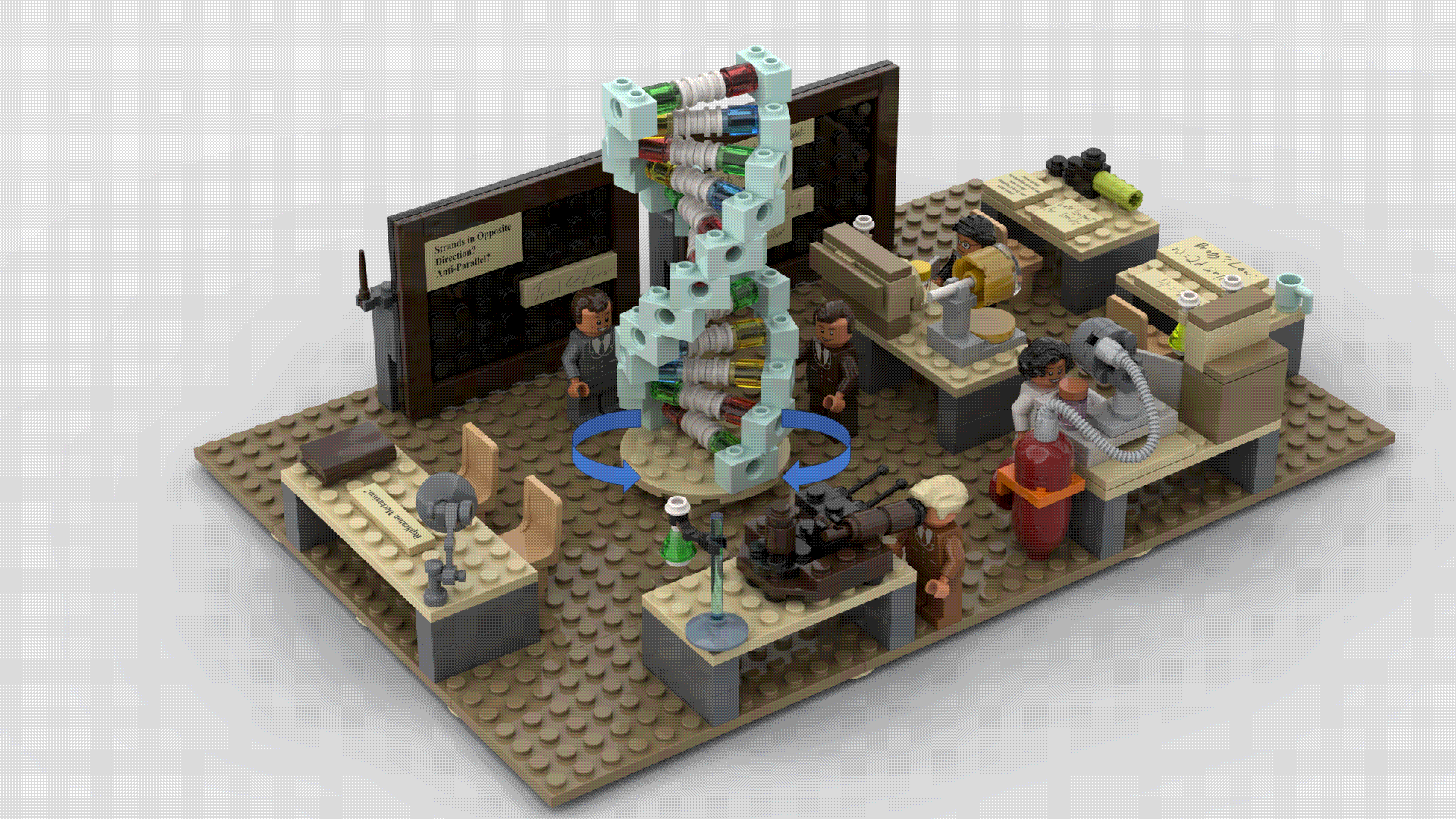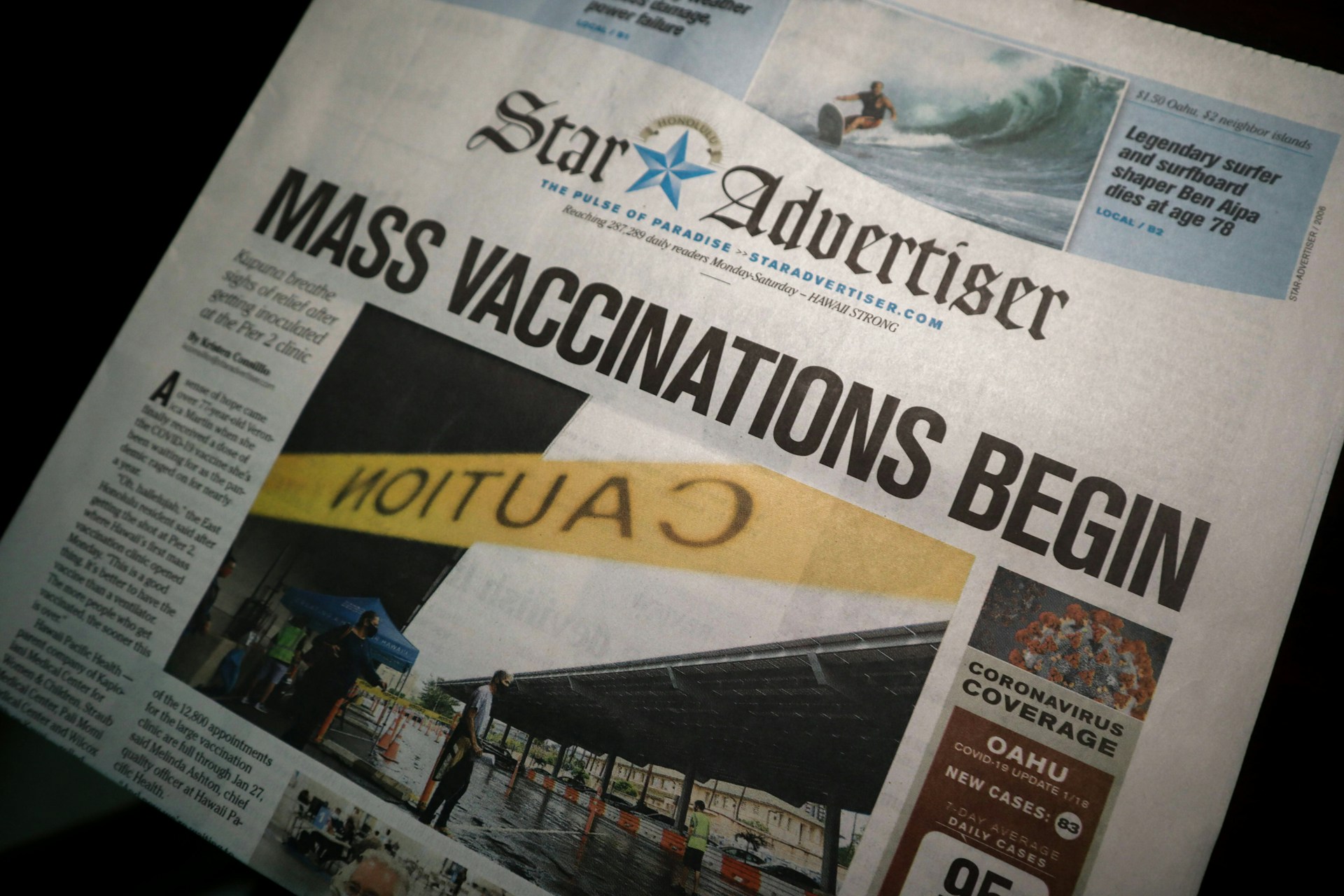Researchers have always been fascinated with refining and tweaking organisms to serve humanity. The discovery of DNA and the rest of the machinery that mediates our phenotypes have accelerated this enthusiasm well into the 21st century. Today, the enthusiasm has evolved into an entire discipline dedicated to this venture: synthetic biology. As the burgeoning industry continues to grow, researchers need ways to let their research stand out in the biotech world.
Enter scicomms.

Scicomms, or scientific communication, is the science of sharing your innovative research with the world. From giving presentations in seminars to writing blog articles for your website, scicomms is all about inspiring people to act and change the world with your discoveries and technologies. Along the way, many amazing people have kickstarted initiatives to help people build their communication skills and showcase their efforts.
Today, I am delighted to host a special interview with one of these people: Tae Seok Moon. His close relationship with synthetic biology stretches back for years. He is an Engineering Biology Research Consortium (EBRC) council member and chair of the Synthetic Biology Young Speaker Series (SynBYSS). In both spheres, Tae Seok has played an integral part in bringing people together to share solutions to the most pressing medical and environmental problems facing the world today. With his many accolades such as a Langer Prize for Innovation and Entrepreneurial Excellence, and a B&B Daniel I.C. Wang Award, Tae Seok continues to place a substantial impact on the world of synthetic biology today. Combined with his deep love for scientific communication, Tae Seok Moon is hence the ideal person to speak about sharing science with the world and making the world a better place through synthetic biology.
The Interview
PN: Let’s begin with what this blog is all about: scientific communication. What got you passionate about communicating science to people?
TSM: When I first came to the United States in 2005, I was a very introverted person. I could only speak Korean and knew very little English. For many years afterward, I was still extremely shy and quiet around people, even during the COVID-19 pandemic. Much of that arose from workplace politics that I had to deal with while being in academia. I had to keep silent about instances of racism against my African student and faced workplace threats if I ever considered speaking truth to power. Even then, I reached out to my student and supported him. From there, he became a world hero by spearheading the effort to develop the first COVID-19 vaccine at Pfizer.
From that point on, I became more outgoing. I used social media to speak about my life and my experiences with science. I wanted to inspire others to use science for good and to become future leaders in science and engineering. I wanted to provide free educational resources on science and the many ways in which researchers are changing the world for the better in biotechnology and synthetic biology. Lastly, I wanted to push back against toxic workplace cultures and give hope to people without power or suffering from discrimination and harassment. Even if you aren’t in a position of power, you can still serve and do good to others.
Ultimately, I want to make the world a better place through science. That’s what inspires me to get into science communications.
PN: Wow that’s an inspiring story. Now that we have set the groundwork for your career, let’s delve into your work as an editor. Why is peer review so important for the biotech industry?
TSM: Humans are inherently imperfect. We all make mistakes. We can miss important, unanswered aspects of our work. We may understand one fact that others see differently. So how do we minimize the mistakes we can make in our research? We use peer review.
Peer review plays an essential part in ensuring scientific integrity in the biotechnology and biomedical industries. Both industries rely on the existing literature being truthful and reproducible so the scientific community can learn more about the world around us. In any peer review process, reproducibility, creativity, novelty, unbiased data interpretation, and critical feedback are the keys to improving our study design and data analysis. Having multiple eyes examining our research also helps us be confident in our evaluations and understanding of health and disease.
PN: Amid your peer-reviewing efforts, I’m sure you’ve had reproducibility in the back of your mind. I think of the reproducibility crisis that many have written about in biomedical and synthetic biology research. Could you elaborate on this issue and what could be done to address it?
TSM: This issue prevails in all research fields of science and engineering. Without reproducibility, however, how can we be sure that a person’s genetic engineering works as intended? I do not trust any data unless the experiments have been performed on at least three different days. I sometimes ask other members of our lab to repeat the experiments one member has done to ensure reproducibility. For example, one of our recent manuscripts was written again from scratch because a former postdoctoral researcher’s data could not be reproduced. Unfortunately, the former postdoctoral researcher could not be a coauthor of the new paper as a result. At that point, I believed we needed new data from other members to ensure that the conclusions we generated were technically sound.
From my experiences preparing and reviewing manuscripts, I believe that there are three things we can do to conduct ethical and responsible synthetic biology research. For one, we must report transparently all the protocols that we used to build our tools. We can also implement more automated protocols since automating experimental pipelines can reduce hands-on time and technical variability between protocols. Lastly, I believe we need ways to standardize the protocols we prepare between research labs. From sequencing to cloning protocols, protocol standardization reduces the chances of variability between labs and helps foster cooperation between research groups. When we integrate multiple solutions like these, we become one step closer to generating reproducible research.
PN: That’s a very inspiring answer to solving issues with research reproducibility. I’m sure you also promote researchers who champion reproducibility in their work through SynBYSS. What do you do there, what inspired you to start it, and what are your hopes for SynBYSS?
TSM: I actually wrote on this very topic in an article I published in Nature Chemical Biology. Much of my inspiration to begin SynBYSS derived from my feelings of guilt. My medical issues forced me to decline many talk invitations over the years. My miraculous recovery changed all that. I grew eager to accept more invitations and gave more than 40 presentations in 2021 alone. Throughout those presentations, I noticed a distinct absence of young speakers of diverse ethnicities at the events I attended. From there, I became inspired to rectify this discrepancy.
I sent emails to my colleagues soliciting nominations for a full-time talk of young researchers. To my surprise, I received an overwhelming number of nominations within 24 hours. Encouraged by the community’s excitement, I invited thought leaders and pioneers to give a short introductory talk about their life’s work. Again, I received a massive number of acceptances within 24 hours. That was when SynBYSS was born.
“SynBY” in Korean means a miracle, and the name SynBYSS was created to mean multiple miracles. In essence, I want to feature and nurture our future leaders, connect them with current leaders, and provide free education for people all over the world through SynBYSS. I hope these SynBYSS people will contribute to making a better world together.
PN: What a beginning for SynBYSS! I also love the story behind the name. As you search for speakers, what do you look for and how do you determine the rising stars in synthetic biology?
TSM: SynBYSS is a community-based initiative. I started it by asking the synthetic biology community to nominate a rising star or to self-nominate. An applicant will usually send a CV that will be reviewed for eligibility. Some things we look for are non-tenured professors or ranks below (e.g., postdocs or graduate students), interest in academia, and excellence in research (publications and other activities). Anyone interested in giving a talk can submit to me either their CV or a nominee’s CV.
PN: Let’s end by talking about where you plan to take SynBYSS. How do you plan to continue expanding SYNBYSS to a broader audience and inspire synbio research?
TSM: At the very least, I will continue to organize and chair SynBYSS until December 2024. To that end, I am working hard to schedule the 2024 season. All the talks will be available on this YouTube channel, allowing viewers worldwide to watch the seminars and for free synthetic biology education. The YouTube channel has a total of 503,646 views as of 11/20/2023, and the number is increasing every day.
In addition to this virtual, weekly seminar series, I have been planning and organizing the inaugural in-person SynBYSS conference in December 2024. There, all SynBYSS alumni and members of the broader community are invited to attend. We are hard at work forming the conference committee, consisting of people with diverse backgrounds in terms of gender, race, region, nationality, research area, and career stage. Altogether, I am positive that efforts like mine will help spread the great work taking place within the global synthetic biology industry and research field.
Author
-

Paul Naphtali is a seasoned online marketing consultant. He brings to the table three years of online marketing and copywriting experience within the life sciences industry. His MSc and PhD experience also provides him with the acumen to understand complex literature and translate it to any audience. This way, he can fulfill his passion for sharing the beauty of biomedical research and inspiring action from his readers.
View all posts



